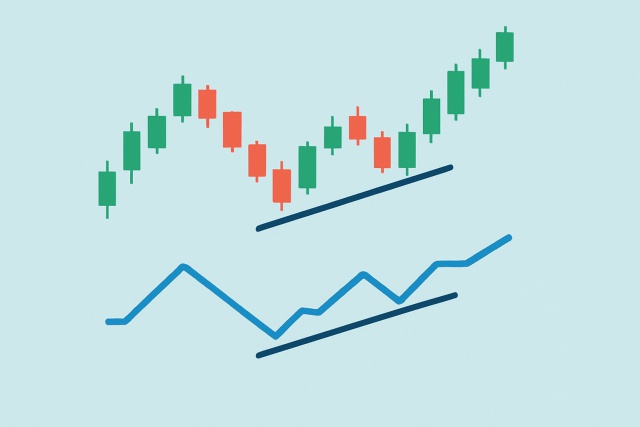
Why Hidden Bullish Divergence Can Signal Strong Buying Pressure
Hidden bullish divergence is a key technical indicator revealing strong buying pressure beneath unce...
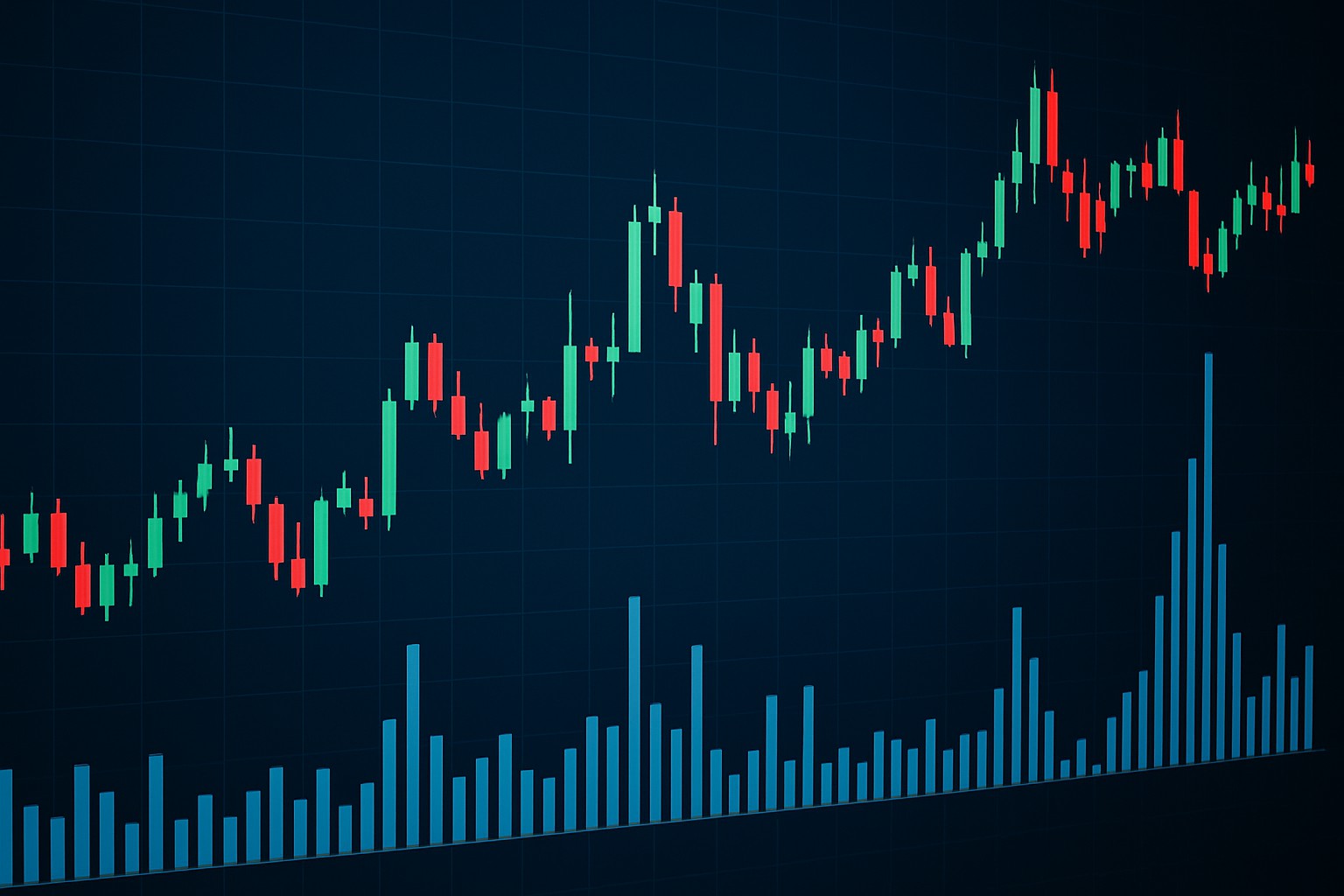
The True Range indicator is a powerful yet often underestimated tool in technical analysis that helps capture the full scope of market volatility, including those sneaky gaps and limit moves.
The True Range indicator measures volatility by picking the largest of three figures: the difference between the current period's high and low, the gap between the current high and previous close and the gap between the current low and previous close. This approach cleverly catches price gaps and limit moves and often paints a sharper picture of market activity than relying on the daily range alone.
Unlike your run-of-the-mill daily range that simply eyeballs the difference between a period's high and low, the True Range digs a bit deeper by factoring in those pesky price gaps that sneak in when markets open. You often see this kind of action popping up after big news events or during wild, rollercoaster-like market swings.
Calculating the True Range begins by examining three values for each period. The high hit $55 and the low dipped to $48. Next, you figure out three differences: high minus low (7), the absolute value of high minus the previous close (5) and the absolute value of low minus the previous close (2). The True Range is simply the largest of these numbers—so in this case, it’s 7.
| Day | High | Low | Previous Close | High - Low | High - Prev Close | Low - Prev Close | True Range |
|---|---|---|---|---|---|---|---|
| 1 | 55 | 48 | 50 | 7 | 5 | 2 | 7 |
| 2 | 56 | 53 | 55 | 3 | 1 | 2 | 3 |
| 3 | 54 | 50 | 56 | 4 | 2 | 6 | 6 |
| 4 | 51 | 49 | 54 | 2 | 3 | 5 | 5 |
| 5 | 53 | 52 | 51 | 1 | 2 | 1 | 2 |
The True Range indicator gives traders a clearer picture of how wild and intense price swings can get by capturing the entire range of price movement including jumps. This handy tool helps traders better anticipate sneaky breakouts, read market momentum, and adjust their risk management tactics.
"> Measuring volatility accurately can be the secret sauce that takes you from shooting in the dark to making trades with real confidence—trades that actually catch genuine market moves. The True Range indicator usually plays a handy role in bridging that gap."
Traders lean on the True Range indicator across a variety of strategies whether they are in it for swing trading or crunching the numbers intraday. It is a handy tool for sizing up volatility and helping them tweak position sizes just right. It also confirms the punch behind breakouts and sharpens stop-loss and take-profit levels as the market dances along.
Adjust your position size by watching True Range values. When the True Range is large it signals wider price swings. Dialing down your position size can help keep risk in check.
Watch for sudden spikes in True Range as they often confirm the strength of a breakout when prices pass resistance or support levels.
Use True Range to set your stop-loss and take-profit points. This trick can save you from exiting too soon when the market gets wild.
Notice when True Range values tighten up, indicating low volatility. These quiet moments often hint that a breakout is near and ready to stir things up.
When a trader notices a sudden spike in True Range for a cryptocurrency on a platform like Binance they usually tighten their stop-loss to lock in those hard-earned profits. Conversely, when the True Range is low they start gearing up for a potential breakout and tweak their position size to stay in sync with the market's mood.
True Range is a vital piece of the puzzle when it comes to grasping volatility. It’s usually considered alongside trusty sidekicks like the Average True Range (ATR), Bollinger Bands and plain old daily ranges. ATR smooths out True Range values over time to reveal average volatility. This means it’s more laid-back and less likely to freak out over sudden price jumps. Bollinger Bands use standard deviation to wrap volatility bands around the price and make it easier to tell when an asset might be running hot or has cooled off too much. True Range gives you the raw unfiltered picture of volatility, gaps and all while Bollinger Bands add a little direction to the story.
| Indicator | Calculation Overview | Best Use Case | Strengths | Weaknesses |
|---|---|---|---|---|
| True Range | The largest of (High minus Low), absolute difference between High and previous Close, or Low and previous Close | Measuring raw volatility including gaps | Captures price gaps and limit moves quite well, even when things get a bit wild | Can be pretty jumpy without some smoothing to calm it down |
| Average True Range (ATR) | A smoothed average of True Range values over a set period | Tracking average volatility trends | Cuts through the noise to give a clearer picture of trends | Tends to lag behind sharp spikes, so don’t expect it to react instantly |
| Bollinger Bands | Price plus or minus (k times the standard deviation of price) | Highlighting volatility bands and possible reversal points | Frames volatility nicely within price trends, showing when things might be stretched | Parameter settings need a careful touch—get them wrong and it can mislead |
| Daily Range | Difference between High and Low | Basic measure of intraday volatility | Straightforward and quick to calculate, no fuss | Doesn’t catch gaps or overnight moves, so can miss some action |
True Range serves as the mathematical backbone of the Average True Range (ATR) indicator, which cleverly smooths out the noise to paint a clearer picture of longer-term volatility. Traders often lean on raw True Range when jumping into the fast-paced world of intraday trades or handling gap-sensitive strategies that call for lightning-quick reactions to price jumps.
I’ve found it’s usually smarter to buddy up True Range with other technical indicators or chart patterns, like moving averages or support and resistance levels.
Start by wrapping your head around how the true range indicator is calculated, and don’t hesitate to tinker with it on charting platforms like TradingView or TrendSpider. These tools come with handy built-in features that make the whole visualization process a breeze. I’ve found that pairing True Range insights with other volatility or trend indicators can give you a much clearer picture. From there, take your time to gently tweak your position sizing and stop loss settings—there’s no rush.
Are you tired of juggling multiple tools for your trading needs? TradingView is the all-in-one platform that streamlines your analysis and decision-making.
With its powerful charting capabilities, real-time data, and vibrant community, TradingView empowers traders like you to stay ahead of the market. Join thousands who trust TradingView for their trading success.
Are you ready to elevate your trading game? Binance, the leading cryptocurrency exchange, offers a seamless platform for traders of all levels. With its user-friendly interface and powerful tools, you can navigate the dynamic world of digital assets with confidence.
15 articles published
Known for demystifying complex derivatives trading through accessible education, this former Wall Street trader turned educator empowers retail investors with institutional-level strategies.
Read Posts
Hidden bullish divergence is a key technical indicator revealing strong buying pressure beneath unce...
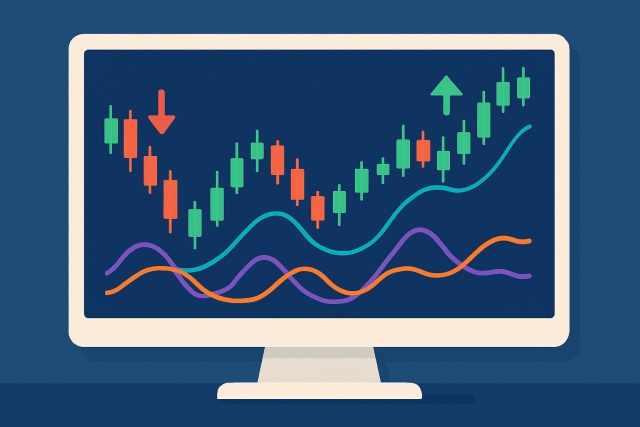
Master the momentum indicator to gauge price speed and trend strength. This ultimate guide covers ca...
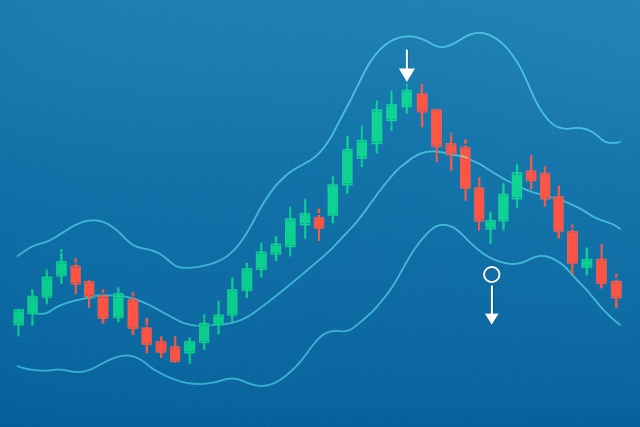
Master trading with Bollinger Bands by understanding volatility, setup patterns, and risk management...
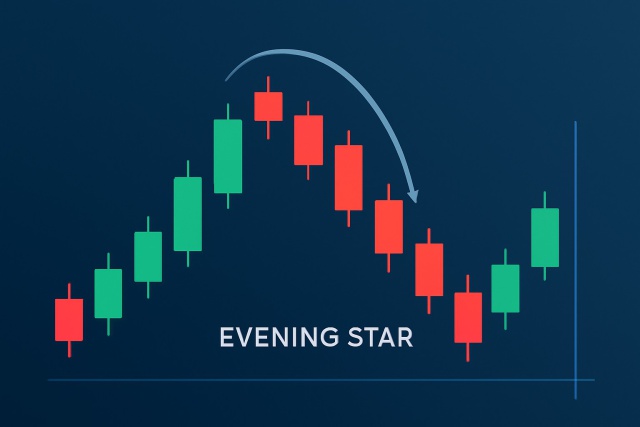
Discover how to recognize the evening star candlestick pattern—a powerful signal highlighting potent...
